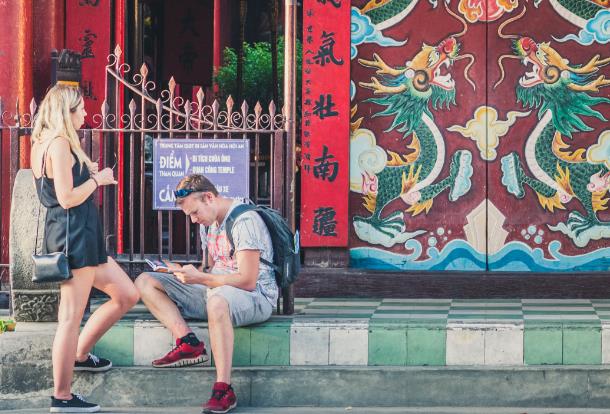
South Korea's Acting President and Deputy Prime Minister for the Economy, Choi Sang-mok, recently announced plans to introduce a visa-free policy for Chinese tour groups, with official details to be released in April and implementation expected in the third quarter this year.
The policy aims to stimulate tourism and economic growth by allowing conditional visa-free entry for Chinese travelers. While it may not dramatically reshape Northeast Asia’s tourism dynamics, it represents a significant step in strengthening South Korea's tourism foundation.
Back in 2023, South Korea reinstated its pre-pandemic visa-free policy for cruise passengers, allowing eligible international tourists to stay for up to 90 days.
By late 2024, the country rolled out a special visa exemption for Chinese cruise travelers, permitting stays of up to three days—signaling a clear prioritization of the Chinese travel market.
The new policy now goes further, covering both land and air arrivals, and offering greater scope and flexibility than previous measures.
In January 2025, inbound visitor numbers to South Korea rose 27% year-on-year and were 39% higher than pre-pandemic levels, reflecting a robust post-pandemic recovery. However, Japan recorded a 41% increase in the same period, highlighting its stronger infrastructure and international appeal. Even after adjusting for differences in geography and population, South Korea’s inbound tourism potential still lags behind Japan’s, suggesting ample room for growth.
To fully realize the benefits of this policy, South Korea will need to not just expand and diversify offerings in major cities but also invest in tourism infrastructure across lower-tier cities to support broader market growth.




